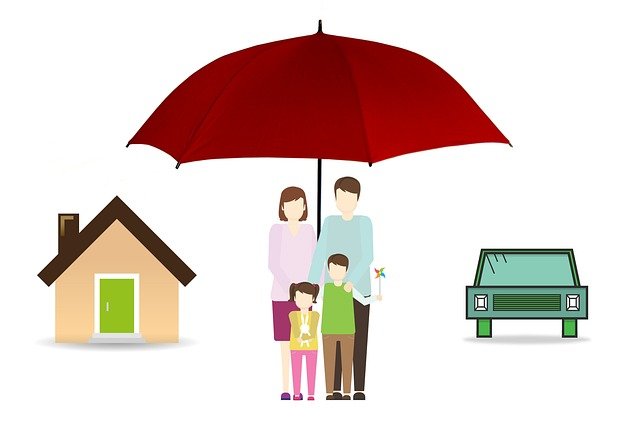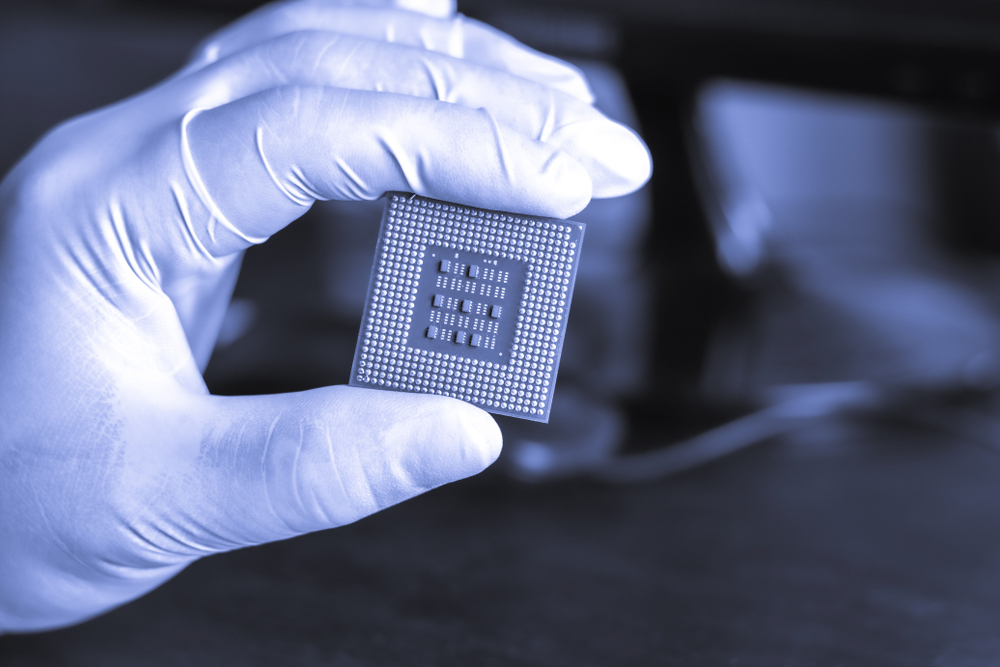Anxiety in the Digital Age: Navigating Modern Stressors
Anxiety has become an increasingly prevalent mental health concern in today's fast-paced, technology-driven world. As our lives become more intertwined with digital devices and constant connectivity, new sources of stress and worry have emerged. The ubiquity of social media, the pressure to be constantly available, and the overwhelming flood of information we face daily have all contributed to rising anxiety levels across various demographics. This shift in our cultural landscape has led to a need for new coping strategies and a reevaluation of how we approach mental health in the digital age.

The constant barrage of news updates, social media notifications, and work-related communications has created a state of perpetual alertness that our brains struggle to process. This heightened state of awareness can lead to chronic stress and anxiety, as our minds are rarely given the opportunity to truly rest and reset.
Moreover, the rise of social media has introduced new forms of social anxiety and comparison. The carefully curated online personas we encounter can lead to feelings of inadequacy and fear of missing out (FOMO), further exacerbating anxiety symptoms in vulnerable individuals.
The Impact of Screen Time on Mental Health
One of the most significant factors contributing to anxiety in the digital age is the sheer amount of time we spend interacting with screens. Research has shown a correlation between increased screen time and higher levels of anxiety and depression, particularly among younger generations who have grown up with ubiquitous digital technology.
The blue light emitted by screens can disrupt our natural sleep cycles, leading to insomnia and fatigue, which in turn can worsen anxiety symptoms. Additionally, the constant stimulation provided by digital devices can make it difficult for individuals to engage in mindfulness practices or find moments of calm throughout their day.
However, it’s important to note that not all screen time is created equal. Some studies suggest that active engagement with technology, such as creating content or participating in online communities, may have less negative impact than passive consumption of media.
The Double-Edged Sword of Connectivity
While digital technology has undoubtedly brought numerous benefits to our lives, including increased access to information and global connectivity, it has also created new challenges for managing anxiety. The ability to stay in constant contact with others can be both a source of comfort and a source of stress.
On one hand, social media and messaging apps allow us to maintain connections with friends and family across great distances. This can provide a valuable support network for those struggling with anxiety. On the other hand, the expectation of immediate responses and the fear of missing important communications can lead to a sense of being tethered to our devices, unable to fully disconnect and relax.
Furthermore, the anonymity provided by online platforms can sometimes foster negative behaviors such as cyberbullying or trolling, which can have severe impacts on mental health, particularly for young people who are still developing their sense of self and social skills.
Coping Strategies for Digital-Age Anxiety
As our understanding of anxiety in the digital age evolves, so too do the strategies for managing and mitigating its effects. Mental health professionals are increasingly incorporating digital literacy and mindful technology use into their treatment plans for anxiety disorders.
One popular approach is the practice of “digital detoxing,” which involves setting aside dedicated periods of time to disconnect from digital devices and engage in offline activities. This can help individuals regain a sense of control over their technology use and reduce the constant stimulation that can contribute to anxiety.
Mindfulness and meditation apps have also gained popularity as tools for managing anxiety. While it may seem counterintuitive to use technology to combat technology-induced stress, these apps can provide guided relaxation techniques and reminders to take breaks throughout the day.
Another effective strategy is the implementation of boundaries around technology use. This might include setting specific times for checking emails or social media, using “do not disturb” features during designated rest periods, or creating tech-free zones within the home.
The Role of Education in Anxiety Prevention
As we continue to grapple with the challenges of anxiety in the digital age, education plays a crucial role in prevention and management. Schools and workplaces are increasingly recognizing the importance of digital wellness and incorporating lessons on healthy technology use into their curricula and training programs.
Teaching individuals, especially children and teenagers, how to critically evaluate online information and navigate social media in a healthy way can help build resilience against anxiety-inducing aspects of digital life. Additionally, promoting digital citizenship and online etiquette can contribute to creating more positive online environments that are less likely to exacerbate anxiety.
The Future of Anxiety Treatment in a Digital World
Looking ahead, the field of mental health is likely to see continued innovation in the treatment of anxiety disorders that takes into account the unique challenges of the digital age. Virtual reality exposure therapy, for example, is showing promise as a tool for treating specific phobias and social anxiety by allowing individuals to confront their fears in a controlled, digital environment.
Artificial intelligence and machine learning are also being explored as potential tools for early detection and intervention in anxiety disorders. By analyzing patterns in digital behavior, these technologies may be able to identify individuals at risk for developing anxiety and provide targeted support.
However, as we embrace these technological solutions, it’s crucial to maintain a balance between digital and human interaction in mental health care. The therapeutic relationship between a patient and a mental health professional remains a cornerstone of effective anxiety treatment, and technology should be seen as a complement to, rather than a replacement for, this human connection.
Striking a Balance in the Digital Age
As we continue to navigate the complexities of anxiety in the digital age, it’s clear that a nuanced approach is necessary. While technology can contribute to anxiety, it also offers powerful tools for managing and treating mental health concerns. The key lies in developing a healthy relationship with digital technology that allows us to harness its benefits while mitigating its potential negative impacts on our mental wellbeing.
By fostering digital literacy, promoting mindful technology use, and continuing to invest in research and innovative treatments, we can work towards a future where anxiety is better understood and managed in our increasingly digital world. Ultimately, the goal is to create a society that is both technologically advanced and mentally resilient, capable of thriving amidst the constant evolution of our digital landscape.




